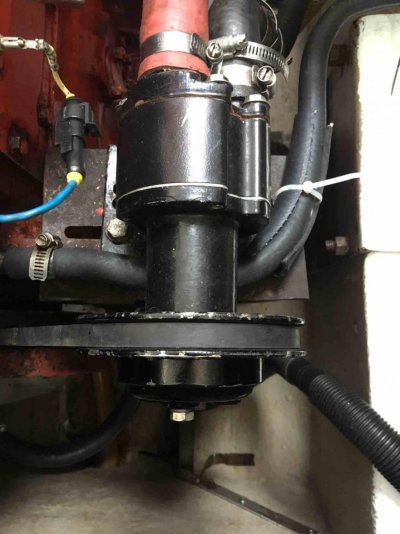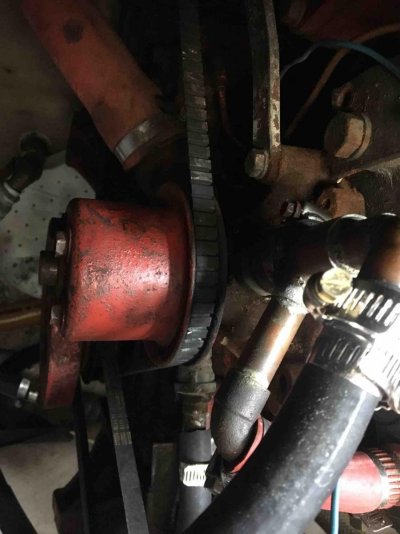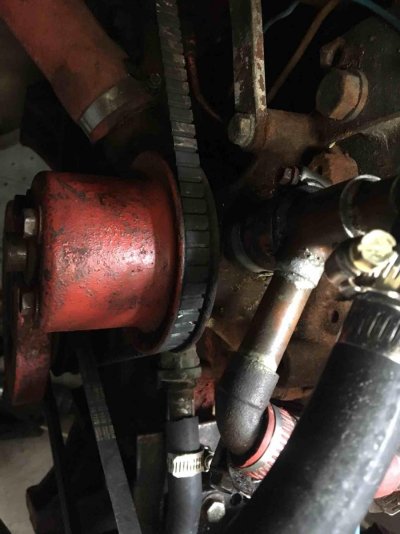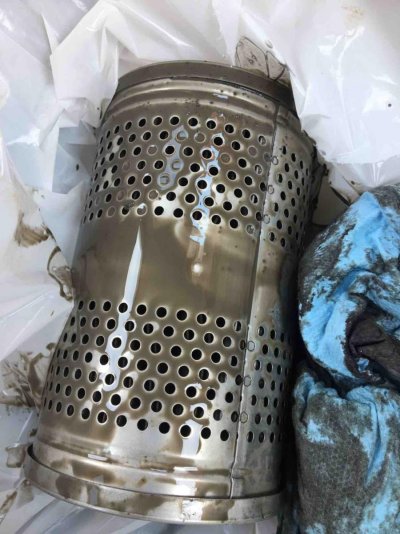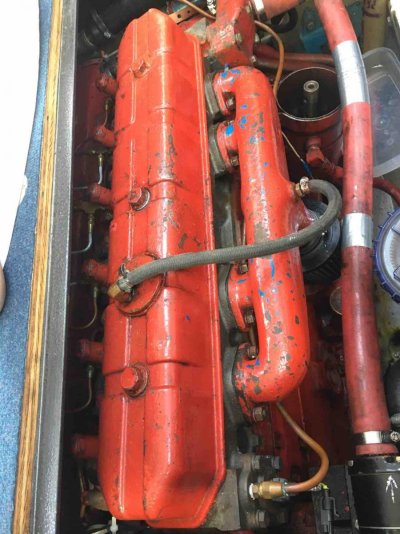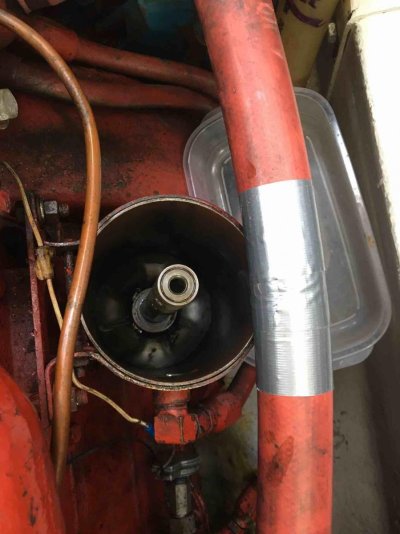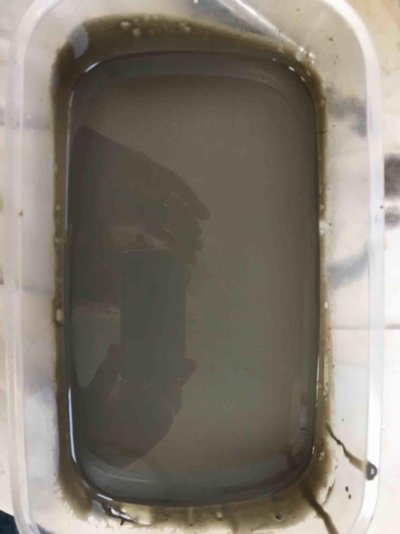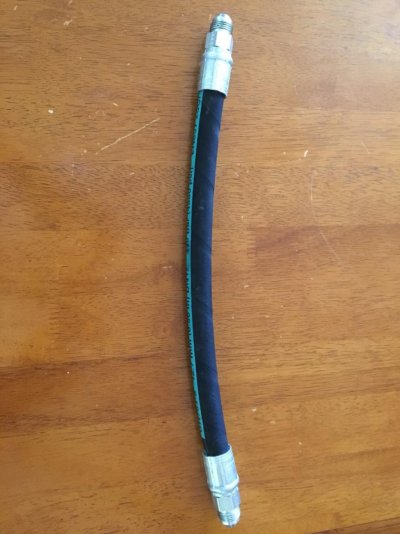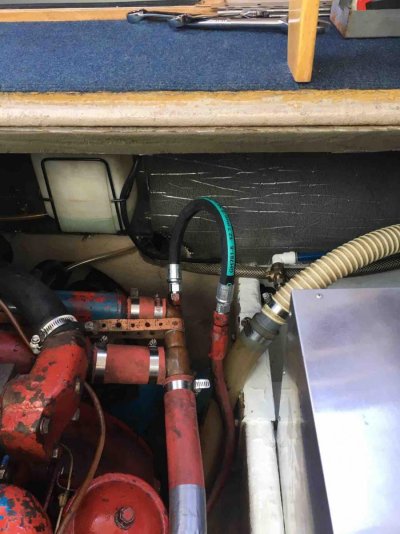Water in the oil
Lou,
yes, it is water in the oil. -- I doubt it is the head gasket unless you got the engine hot or it is running ruff, or pushing water out the over flow as the compression pressurizes the cooling system or such, etc. It could be the water pump, but more common is the oil cooler. I have seen it a dozen times.
1. - get the oil cooler completely out of the engine system - oil & coolant.
2, - Bypass the cooler with a hose.
3. - Bypass the oil fittings with a hose with proper fittings - any "HOZE MAN" shop can make one for you cheap.
4. - Change the oil & filter.
5. - run for 20 minutes to warm up the engine & then change the oil & filter again. Run again. Recheck the oil condition & presence of water in the oil
6. - Pressurize the cooling system,
7. - Check sump for water in the oil again.
8. - Replace the bad oil cooler as they fail all the time.
Good luck.
Alfa Mike
Lou,
yes, it is water in the oil. -- I doubt it is the head gasket unless you got the engine hot or it is running ruff, or pushing water out the over flow as the compression pressurizes the cooling system or such, etc. It could be the water pump, but more common is the oil cooler. I have seen it a dozen times.

1. - get the oil cooler completely out of the engine system - oil & coolant.
2, - Bypass the cooler with a hose.

3. - Bypass the oil fittings with a hose with proper fittings - any "HOZE MAN" shop can make one for you cheap.

4. - Change the oil & filter.
5. - run for 20 minutes to warm up the engine & then change the oil & filter again. Run again. Recheck the oil condition & presence of water in the oil
6. - Pressurize the cooling system,
7. - Check sump for water in the oil again.
8. - Replace the bad oil cooler as they fail all the time.

Good luck.
Alfa Mike


